Digital mining
Digital mining
Digital Mining: A term that often crops up when discussing cryptocurrencies, particularly Bitcoin. This unique concept can be tricky for newcomers to grasp. This entry offers an in-depth examination of digital mining in the context of Bitcoin mining.
What is Digital Mining?
Digital mining is a process by which new bitcoins are brought into circulation. It is also vital for confirming and securing transactions in the Bitcoin network. This is achieved using powerful computers to solve complex mathematical problems, a process that both confirms transactions and 'mines' new bitcoins.
What's Required for Digital Mining?
The basic requirements for digital mining include a robust computer system with specialized hardware, an internet connection, mining software, and, of course, some basic knowledge about cryptocurrencies and mining processes.
Understanding the Process of Digital Mining
The digital mining progression commences with the bundling of transactions into a block. Miners then attempt to solve a complex mathematical problem relating to the block using powerful computers. The successful solver's block gets added to the Bitcoin network, and the miner receives a certain number of newly mined bitcoins as a reward.
Energy Consumption in Digital Mining
It's important to understand that digital mining consumes a lot of energy. The high-energy demand results from the computational power required to solve the complex mathematical problems involved. However, several initiatives are currently underway to make digital mining more sustainable.
Challenges and Rewards of Digital Mining
While digital mining can be profitable, it isn't without risk. Changes in the price of Bitcoin, competition from other miners, and escalating energy costs all significantly affect profitability. Despite these hurdles, the prospect of earning a reward in bitcoins continues to attract miners worldwide.
Understanding digital mining is essential in gaining a comprehensive insight into how cryptocurrencies like Bitcoin are generated and managed. While the concept may initially appear complex, it becomes more comfortable with time and further study.
Blog Posts with the term: Digital mining

Kaspa mining, utilizing the BlockDAG protocol and proof-of-work consensus with kHeavyHash algorithm, offers a decentralized approach to cryptocurrency mining that is both energy-efficient and resistant to ASIC centralization. Miners need appropriate hardware like high-quality GPUs or ASICs, stable internet, cooling...

Zaminer aims to revolutionize Bitcoin cloud mining by 2025 with accessible, secure, and sustainable solutions, while Sphere 3D improves financial performance through infrastructure upgrades and BIT Mining achieves notable production growth....
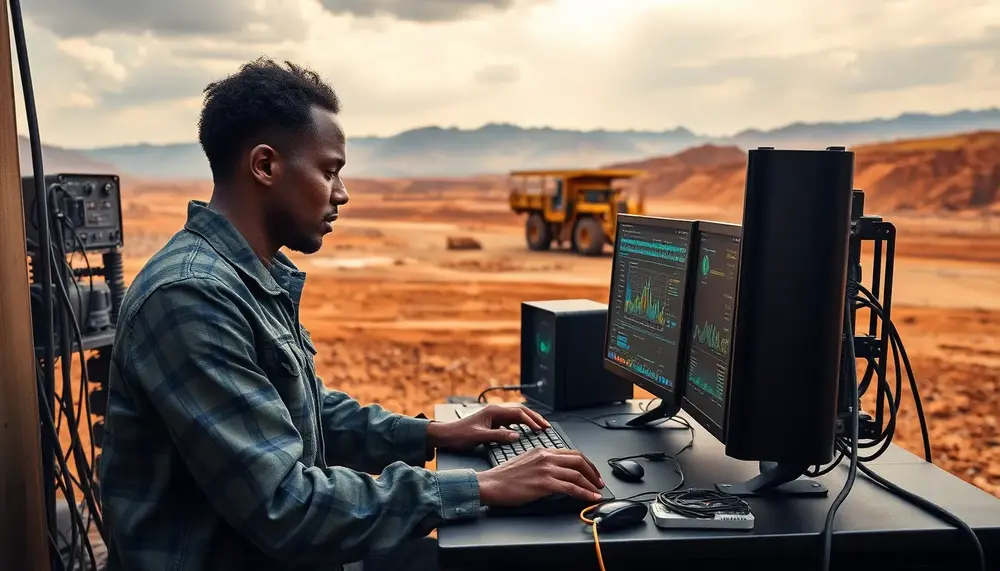
Zambia's mining taxation system, initially designed for the copper industry with corporate income tax, mineral royalties, and export duties, may extend to cryptocurrency miners as digital currencies gain prominence; thus, crypto miners in Zambia should stay informed and adapt their...
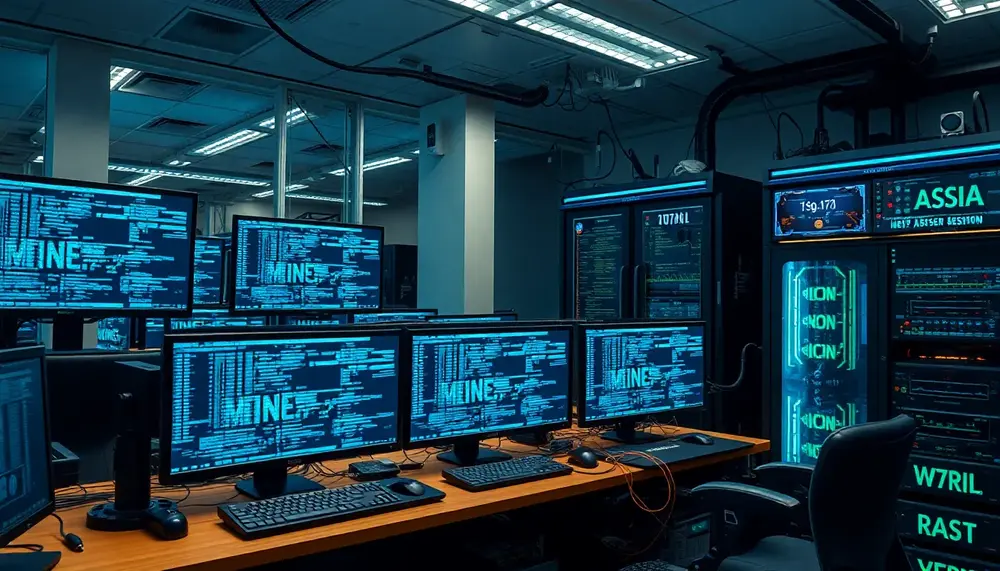
Mining pool code coordinates multiple miners to solve complex puzzles, increasing the chances of successfully mining a block and sharing rewards; it involves key components like servers, job dispatchers, share trackers, payment systems, and security modules. Communication between miners and...

The article provides a comprehensive guide to Litecoin mining in 2023, covering essential hardware and software requirements, cost considerations, and the benefits of joining a mining pool. It emphasizes understanding key aspects like block rewards, hashing algorithms, and network difficulty...

Hashrate RWA integrates real-world assets with Bitcoin mining to enhance efficiency, stabilize income, and reduce costs for miners facing challenges like high expenses and low block-finding probabilities. Technological innovations such as energy-efficient equipment, AI optimization, decentralized pools, and blockchain advancements...
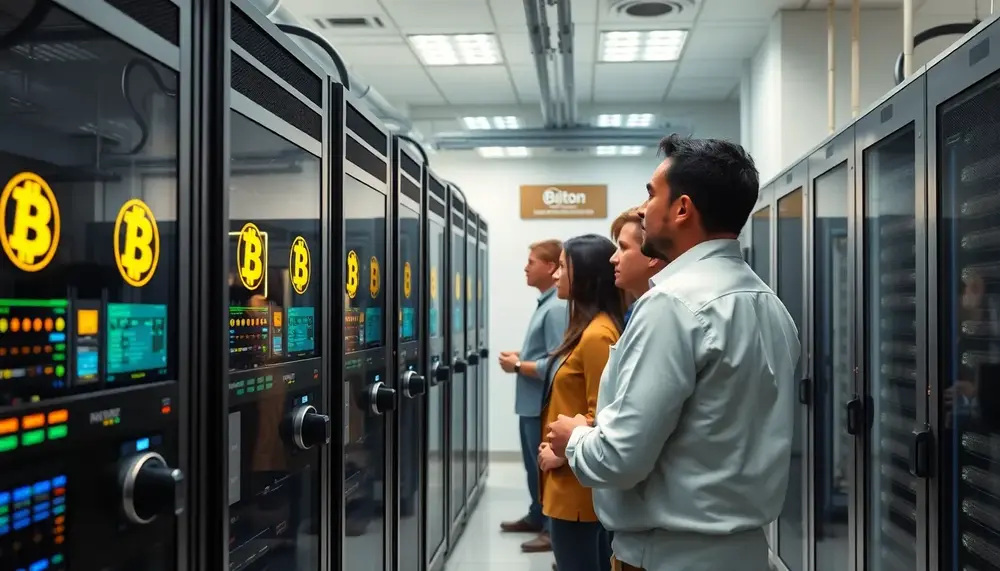
Eric Trump claims there is a global race to hoard and mine Bitcoin, with the Trump family's crypto activities drawing political controversy and regulatory scrutiny....

American Bitcoin, co-founded by Eric Trump, will merge with Gryphon Digital Mining via a reverse takeover to form a major Nasdaq-listed miner (ABTC) in Q3 2025. The new entity aims for large-scale, sustainable mining and resource consolidation amid surging Bitcoin...

Cloud mining online allows individuals to mine cryptocurrencies by renting computing power from data centers, avoiding the need for personal hardware and maintenance. Users must carefully evaluate contract terms with cloud mining services and assess provider credibility to ensure profitability...

A Trump-backed Bitcoin mining firm will go public via a Nasdaq merger, while Coinbase and ZA Miner launch regulated cloud-based institutional yield products amid U.S. market dominance....
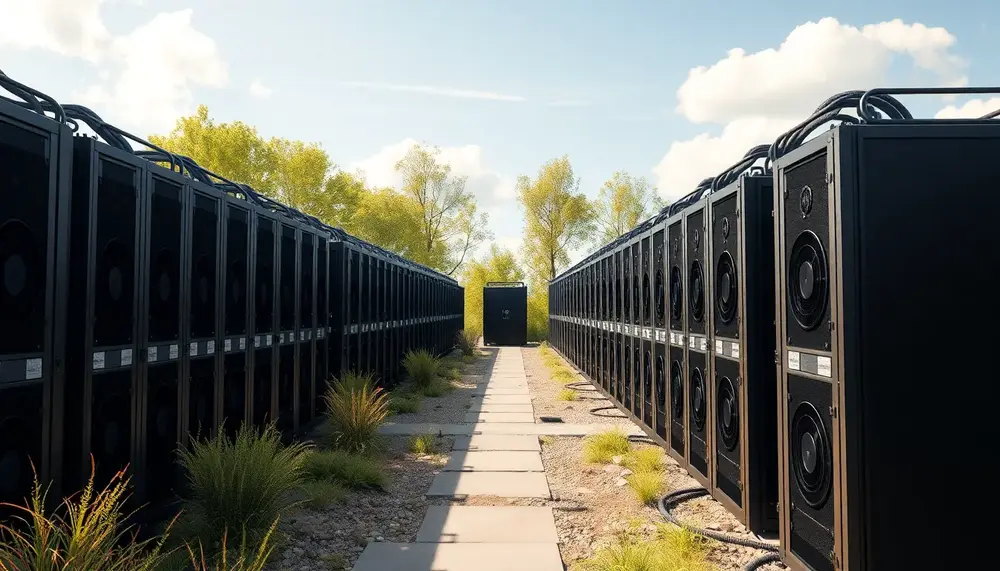
American Bitcoin Corp., backed by Hut 8 and Eric Trump, plans an IPO to dominate the crypto mining sector with strategic reserves, while Trump's tariffs pressure the market. Meanwhile, firms like Hyperscale Data and Bitfarms expand operations with new facilities...
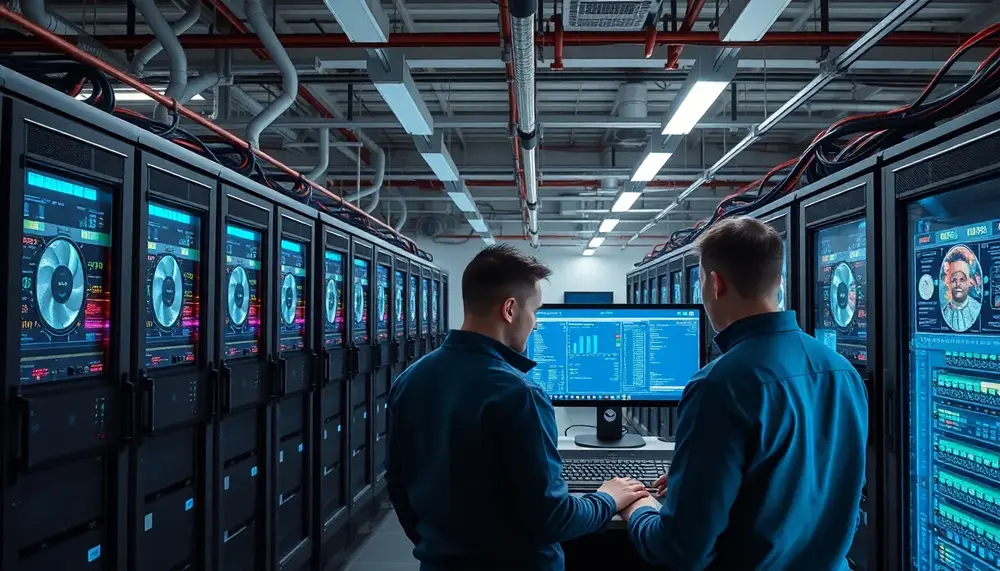
The repeal of Australia's mining tax has freed up capital for mining companies, potentially redirecting investments into innovative sectors like cryptocurrency and emerging technologies. This shift could lead to increased research in blockchain, institutional investment in digital currencies, and a...

Bitfarms has acquired Stronghold Digital Mining for $110 million, boosting its energy capacity to 623 megawatts and expanding into AI-driven computing and high-performance technologies....
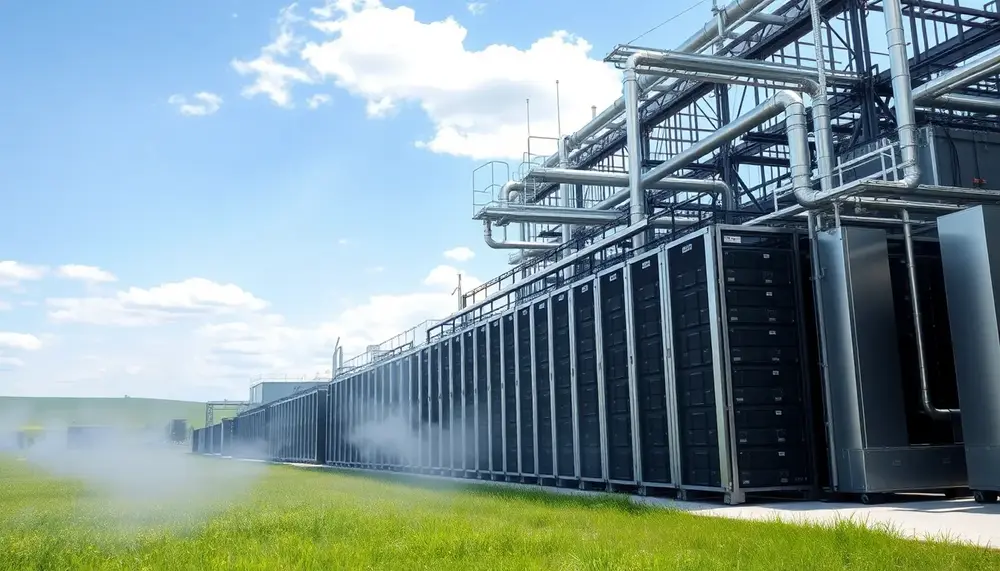
Compass Mining launched a 20 MW hydro-cooled Bitcoin mining facility in North Dakota, while Core Scientific saw stock gains despite Q4 losses and Gryphon revised its Erikson acquisition. Meanwhile, Bitcoin faces market corrections but showed slight recovery alongside other cryptocurrencies...

